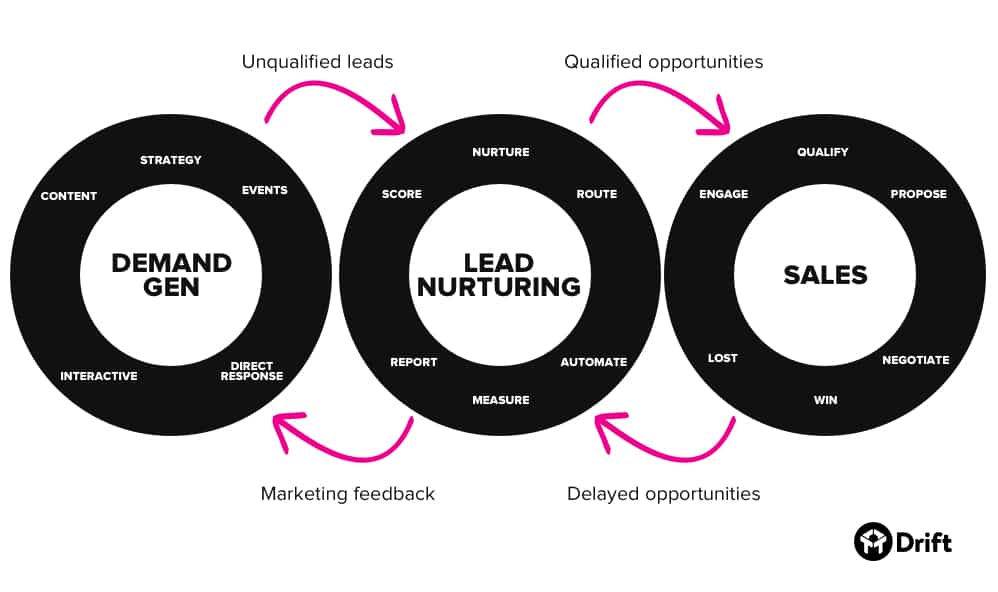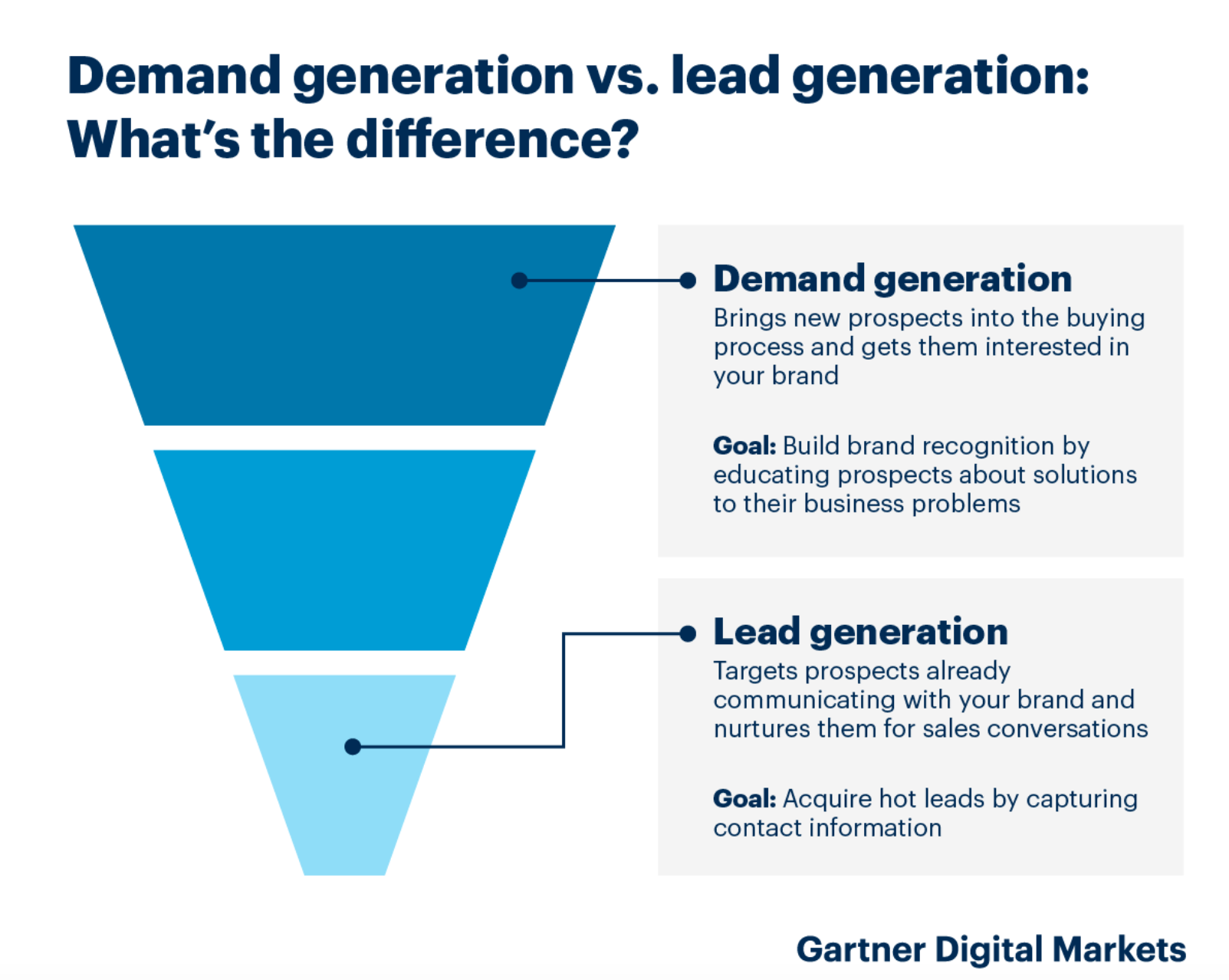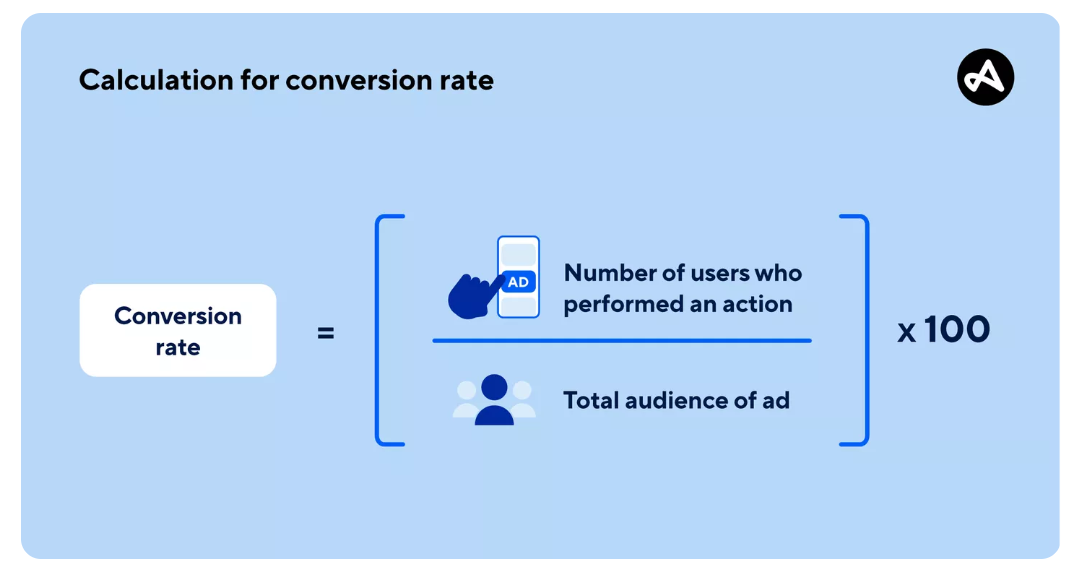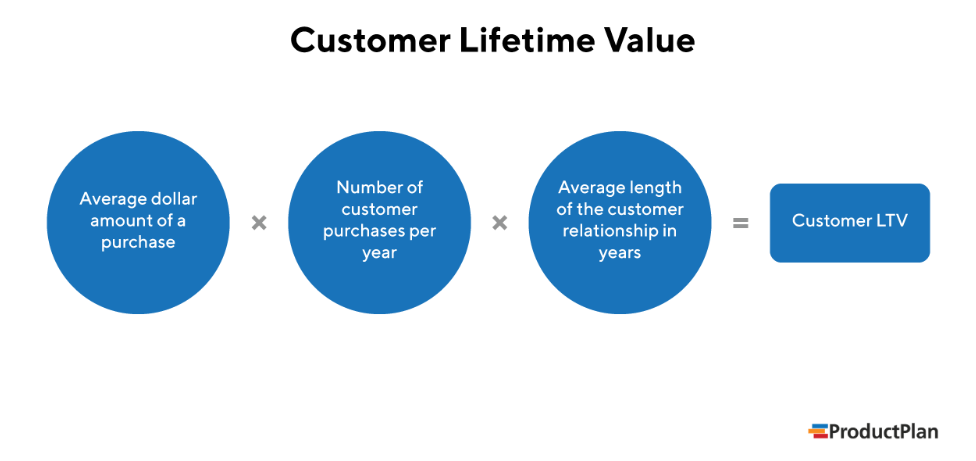
7 essential demand generation metrics for a trackable funnel
Demand generation is not just about the journey. It’s about the destination and then proving how you got there.
Tracking metrics and proving ROI from demand generation has been historically tricky. Even today, 43% of content marketers need help to develop consistency with measurements. Some of their main barriers include knowing what KPIs to track, integrating analytics across platforms, and connecting results to their initial goals.
Yet, marketers need these numbers to show the value of their activities and understand the strengths and weaknesses of their campaigns. Building a trackable funnel starts with knowing your key demand generation metrics and creating a strategy to track these over time.
Jump Ahead:
- Understanding demand generation metrics
- Breaking down the demand generation conversion funnel
- 7 essential demand generation metrics for a trackable funnel
- Website Traffic
- Email Subscriptions
- Conversion Rates by Stage
- Marketing & Sales Qualified Leads
- Cost Per Lead
- Customer Acquisition Cost
- Customer Lifetime Value
- How to improve your demand generation efforts
- Track conversions back to the first “like”
Understanding demand generation metrics
Demand generation is the process of creating and nurturing interest in your company’s products or services to attract potential customers and generate leads. It turns your product into an “in demand” one, generating inbound inquiries and purchases, plus faster, higher quality outbound conversions. It does so through a range of marketing activities, such as:
- Content marketing and SEO
- Social media and influencer marketing
- Email marketing
- PR campaigns, including sponsored or guest posts on large sites
- Paid media and brand awareness campaigns
- Virtual summits and offline conferences
Demand Generation Metrics are key performance indicators (KPIs) used by marketing teams to measure and evaluate the effectiveness of their demand generation efforts. They measure these top-of-the-funnel activities, such as website visitor count, mentions on social media, and email list signups. These metrics help you establish whether your audience is engaged and how much they know about your brand. Plus, they give you a baseline number to work with so you can continuously look to improve your demand generation efforts.
Breaking down the demand generation conversion funnel
Demand generation is about building awareness. First, you find ways for prospects to hear about your brand by showing up in their search results, favorite blogs, and social media feeds. You may also want to use social selling and employee advocacy tools to enable your team to leverage their networks to reach more people faster.
Then by analyzing social data, you will understand what interests your customers and what doesn’t. You can then spike engagement through targeted activities such as tutorials, thought leadership reports, and captivating videos. Keep delivering the same value to stay top of mind and deepen the relationship with prospects. Invite them to sign up for your mailing list or webinar or become a social media follower.
The next step is to present personalized content journeys through articles, videos, social posts, or emails. Segment your audience and ensure they get highly targeted content that addresses their goals and pain points. Once you establish that brand awareness and trust, it’s time for lead gen to jump into action.
Lead generation is one step closer to the final sale, thus bottom-of-the-funnel. Lead generation activities include sales webinar registrations, a request to get a call with your sales reps, or demo or free trial signups. Automated lead gen tools are often used to capture and qualify leads faster, improving conversion rates and making it easier for sales reps to keep up with each engagement. Lead generation is a more direct action that is much more likely to result in a sale and, thus, reasonably simple to track. Demand gen, however, is much harder to measure, as it can be challenging to attribute a sale to the specific demand gen activities that triggered it.
Recommended for further reading
7 essential demand generation metrics for a trackable funnel
1. Website Traffic
By measuring your website traffic, you’ll understand how many people visit your website, how they found it, how much time they spend there, how many pages they view, and which actions they take. While 59% of businesses report using at least five website intelligence platforms, consider starting with a powerful, well-established one, such as Google Analytics.
Place in the funnel: Top of the funnel.
Insights you receive: Which content drives traffic and gets prospects to stick around longer.
How to track and extract value from it: If specific traffic sources (keywords, social posts) drive more traffic, create more content with similar themes and keywords. Pay attention to time on the page and actions taken to evaluate traffic quality.
2. Email subscriptions
Measuring the number of people who subscribe and unsubscribe from your email list is also important. Most list management platforms, such as Mailchimp and Hubspot, provide this data.
Place in the funnel: Bottom of the funnel.
Insights you receive:
- How much trust you’ve built with your audience.
- Whether your content resonates as time passes (are prospects still opening emails?).
- What influences conversions down the funnel.
How to track and extract value from it: Compare your activities versus signups and unsubscribes. Track email opens, time spent reading, and click-throughs to understand your impact.
3. Conversion rates by stage
This demand generation metric measures the percentage of your audience that converts at every funnel stage.
Let’s look at an example:
- The number of people who clicked a sales email (middle of the funnel): 3
- The number of people who opened the email (top of the funnel): 10
- 3 (took action) / 10 (opened the email) = 0.3
- 0.3 x 100 = 30
Therefore, your conversion rate is 30%.
Good conversion rates vary depending on the industry, product value, sales cycle, and type of demand gen activity. For example, selling a $10 tool is much easier than selling a $1000 platform, so naturally, the latter will have a lower conversion rate. The average conversion rate across industries sits around 2.9%, but take this percentage with a pinch of salt and look to improve your current numbers.
Place in the funnel: The entire funnel.
Insights you receive: Learn where the critical drop-offs are.
How to track it and extract value from it: Choose a few funnel stages to track and optimize (say, blog visitors for the top of the funnel, email subscribers for the middle of the funnel, and demo signups for the bottom of the funnel). If you see more email subscribers once you develop your blog, understand which type of articles or content upgrades drive people down the funnel. If people aren’t converting to demos, test other email topics, formats, or calls to action.
4. Marketing & sales qualified leads
Marketing qualified leads (MQLs) are prospects that show interest in your product following marketing-specific materials like product pages or case studies. Sales qualified leads (SQLs) are prospects with a strong intention to buy, like asking for a sales call or being active in their free trial. Check the percentage of your audience that converts to MQLs and how many of those become SQLs.
Place in the funnel: Bottom of the funnel.
Insights you receive: Discover whether you’re building demand with the right prospects, plus what needs refinements for better customer targeting, education, and readiness to buy.
How to track and extract value from it: Analyze what all your SQLs have in common (maybe they subscribed to three of your assets?) and produce more campaigns and content to repeat these results. Alternatively, if MQLs keep getting disqualified by sales, work with your sales team to understand what stops prospects from buying. Then, test your content experience to fill the gaps.
5. Cost per lead
Knowing how much each lead costs you, on average, sheds light on your strategy’s efficiency. If you combine how much it costs to generate a paying customer with their customer lifetime value (which we’ll discuss soon), you get a clearer profitability picture. Let’s start with this formula from HubSpot for an average lead cost:
Place in the funnel: Middle and bottom of the funnel
Insights you receive: Whether your lead generation efforts are profitable and whether their cost decreases over time
How to track it and extract value from it: Take all lead generation costs into consideration when calculating this metric. Make sure to include writing, design, strategy, ads, and tools used. Then, test ways to decrease cost per lead (for example, segment email subscribers for more personalized messaging).
6. Customer acquisition cost
This metric helps you understand how much it costs to get an actual customer. It’s similar to Average Cost of Sales (ACOS), though the latter focuses on advertising costs to generate sales and is typically used to measure advertising performance on platforms like Amazon. Here’s how you calculate your Customer Acquisition Cost:
Cost of customer acquisition / total number of customers = customer acquisition cost
Place in the funnel: Bottom of the funnel
Insights you receive: The difference between the cost of recruiting a paying customer and the revenue you get from that customer. The revenue needs to be larger for your company to be profitable.
How to track it and extract value from it: Here, too, track everything it takes to get a paying customer, including human resources and tools. If your customer generation isn’t profitable, or if the profit is small, it’s time to review your demand generation metrics further up the funnel and make changes.
7. Customer lifetime value
This metric is about how much profit a particular customer generates for your company from the first to the last day they do business with you. Here’s how to calculate it:
In many cases, this number reflects more than just how much a client pays you while they are a customer. For example, if your current customers directly refer new customers, this profit should also be added to their lifetime value. After all, your average customer may stay with you for three years and spend $3,600, but they might also refer two $5,000 customers, which means you can attribute more value to them.
Place in the funnel: Bottom of the funnel
Insights you receive: Whether your marketing efforts are profitable or whether you’re spending too much money in the wrong places
How to track it and extract value from it: If you’re unhappy with the results, work backward to see what you can change in earlier funnel stages. Understand why customers drop off and give them what they need to stay longer (say, more tutorials or access to human support).
How to improve your demand generation efforts
The main takeaway from this review of demand generation metrics is that it’s important to analyze your metrics regularly. Give different team members ownership of various funnel stages or marketing channels, such as content marketing or social media. Encourage them to collaborate with one another and with your sales team.
The flow between marketing and sales is crucial to ensure that the online customer journey is smooth and materializes into increased revenue. This means prospects are not just interested in your brand but actually buy your product. If you’re using demand generation tools for email marketing or social media management, ensure they integrate seamlessly into your CRM system so no data is lost and all actions can be tracked.
Uncover the drop-off rates at each funnel stage and what’s causing prospects to drop, then make changes accordingly. This includes deep diving into your personas’ real needs and challenges, conducting a competitor analysis, studying your analytics, and having regularly scheduled audits.
Track conversions back to the first “like”
When it comes to demand generation metrics, there is a lot you can track. It becomes a game of prioritization. The essential step in effectively tracking demand generation activities is using tools that simplify analytics, gathering data from all your online platforms, and offering a single source of truth.
Oktopost is a social media management tool with a strong focus on analytics. It gathers social data from all the online platforms you are active in, ensuring you get a single source of truth for all your social media metrics. Oktopost also offers an employee advocacy platform that expands the performance of demand generation efforts beyond corporate accounts as well as integrations that provide a 360-degree view of your leads at every stage of the funnel. Explore more here.







